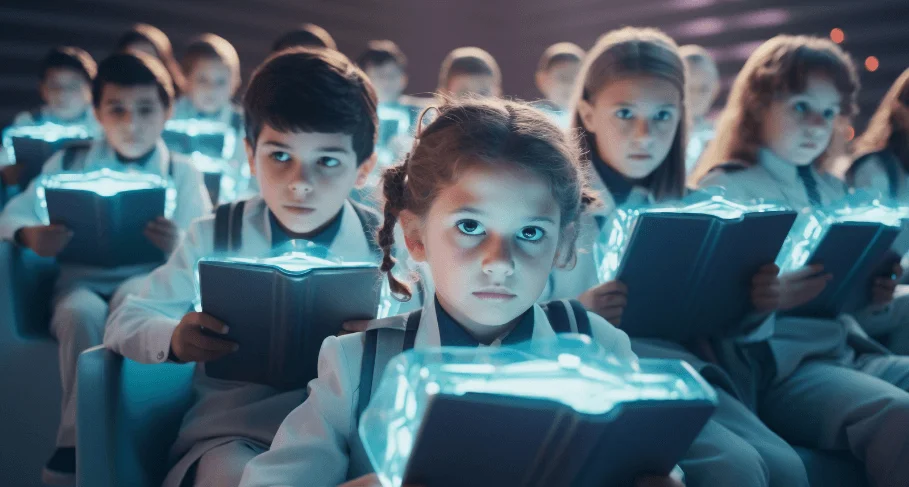The educational system has seen massive changes within the last few decades and is trying to adapt to new technological realities that are unfolding at an incredible pace. From integrating the Internet into classrooms to online learning platforms, these improvements updated how students learned, teachers taught, and institutions functioned. Today, the active use of emerging technologies, such as AI, in engaging learners and supporting instructors to reimagine pedagogies to reduce barriers to education and enable truly personalized learning becomes key.
The Role of Technology in Modern-Day Education
Technology has become essential to education at all levels, from primary schools to higher education. Traditional blackboards have been driven to the corner by interactive smart boards and supplemented with digital resources and regular textbooks. Teachers can use multimedia tools to engage students and thus address different learning styles, irrespective of whether they are visual, auditory, or kinesthetic.
In addition, the advent of LMS such as Blackboard, Canvas, and Moodle has paved the way for instructors to present content in an organized and timely manner, keep track of students’ performance, and provide them with timely feedback. Through such learning management systems, students can learn anytime at their own pace without being bound by location constraints, take advantage of reviewing course materials, and engage with their classmates outside the classroom.
The Emergence of E-learning
Online education has seen phenomenal momentum in the last few years because of its two major advantages: accessibility and convenience. Large-scale MOOCs, provided by Coursera, edX, and Udemy, among others, allow students from anywhere in the world to learn from the best universities and industry professionals. Such platforms are democratizing education for a global audience, with most courses at a fraction of the cost compared to traditional education.
The COVID-19 pandemic accelerated this transition to virtual learning. Due to the pandemic, schools and universities resorted to online classes, which nailed the importance of reliable digital infrastructure and innovative teaching methodologies. While many schools have returned to face-to-face classes, many continue offering hybrid models that combine the best of online learning with face-to-face interaction.
Following are Some of the Challenges Confronting the Educational System
Despite these developments, despite improvements in the educational system, the following difficulties are still being experienced. The digital gap seems to be one of the biggest challenges because not all students can have the same access to technology or high-speed Internet. This may allow disparities in the learning opportunities for the low-income or rural student population.
Academic Integrity Matters
While digital education has steadily been on the rise, so have concerns about academic integrity. As students started completing assignments and exams remotely, it became easier for some to resort to dishonest practices like plagiarism or unauthorized collaboration. For this reason, most educational institutions today use advanced AI tools such as AI detector tools that can monitor and analyze each student’s submission for actions that could be regarded as cheating or plagiarism. These are part of the tools developed to uphold academic integrity and fairness in assessments. This will provide the environment for academic integrity when learning online or face-to-face.
The Future of Education
In the future, this trend in education will continue with innovations in technology. Medicine, engineering, and even art will take students on completely new immersive and hands-on learning experiences with VR/AR. At the same time, the newer developments in AI will further fine-tune personalized learning and administrative tasks, freeing up educators to do what they do best: mentor and engage with students.
